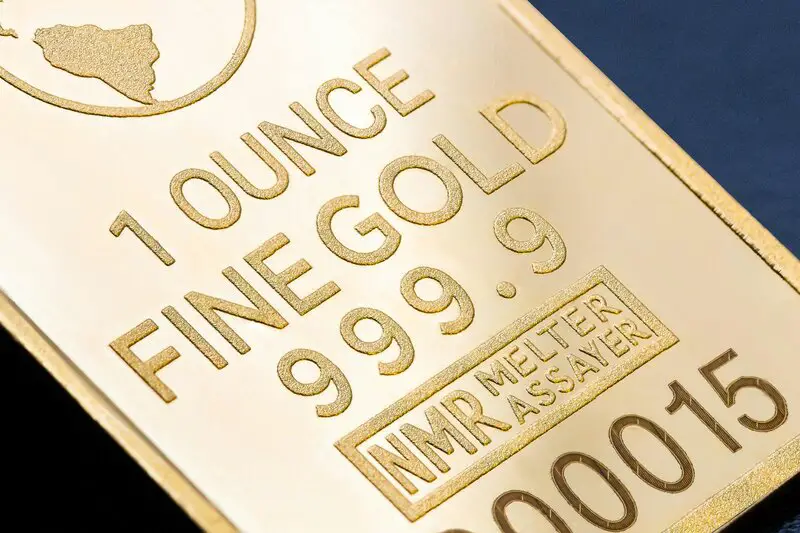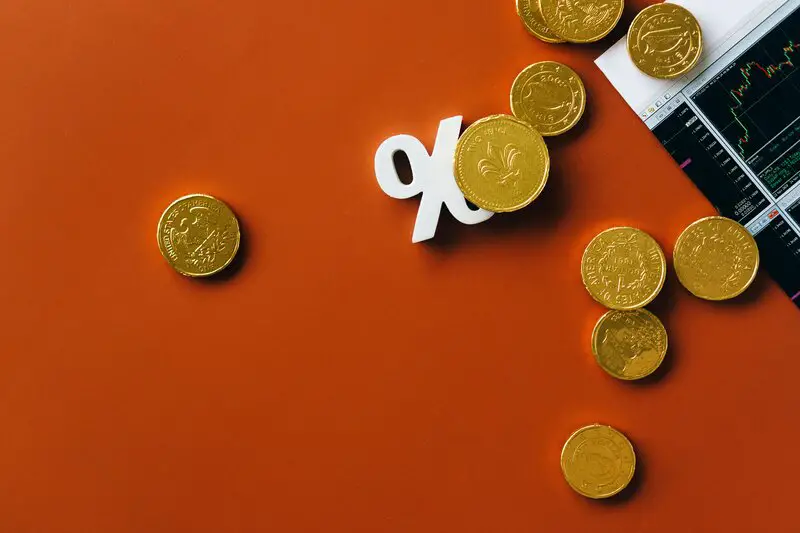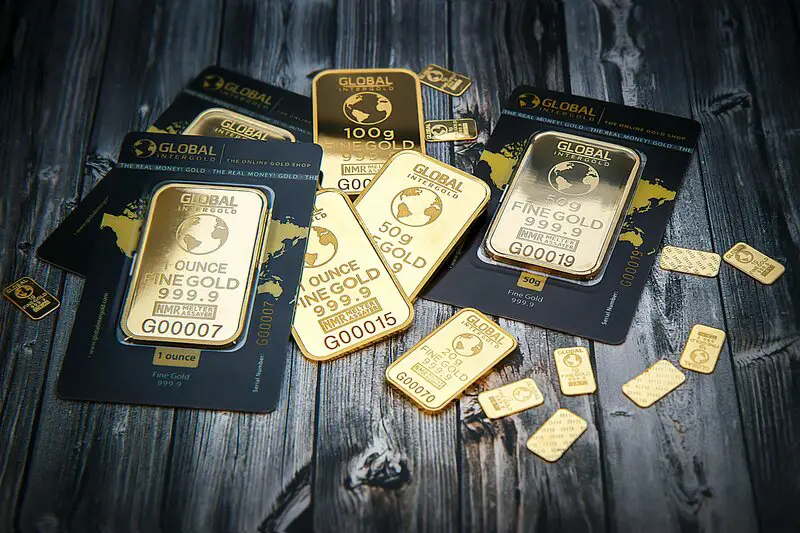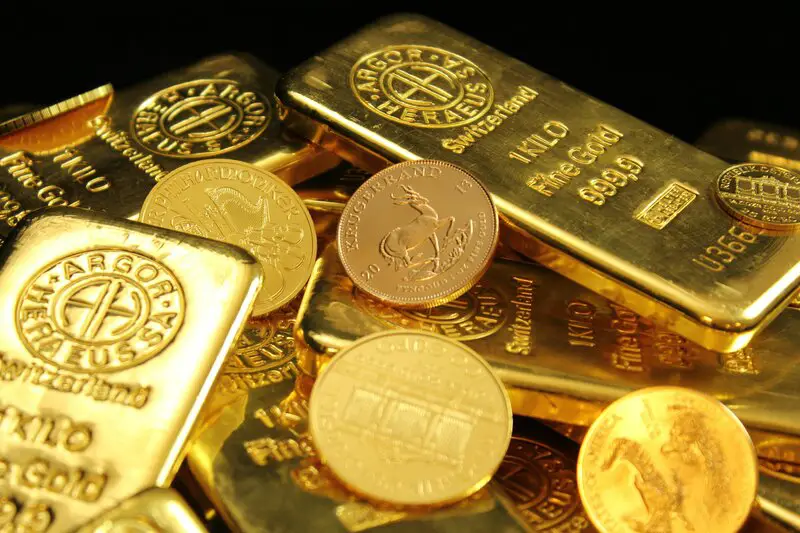Gold has been treasured for thousands of years—not just for its beauty, but for its unique ability to hold value through times of change. In the modern world, it remains one of the most talked-about and traded commodities. Whether you're looking to invest, diversify your portfolio, or simply understand the market better, it's important to know what drives the price of gold.
If you're new to this space, you might be surprised to learn that the price of gold isn't set by a single authority or fixed rule. Instead, it's shaped by a mix of economic forces, global events, and investor behavior. In this guide, we'll explore the main factors that influence the price of gold—broken down in a clear, beginner-friendly way.
How Is Gold Priced?
First, let's look at how the price of gold is quoted. The most common benchmark is the spot price—this is the current market price for one troy ounce of gold, typically quoted in U.S. dollars. There's also the futures price, which refers to contracts that agree to buy or sell gold at a future date.
Gold Price Sources
These prices are influenced by trading activity on global exchanges like the London Bullion Market Association (LBMA) and COMEX in New York.
In simple terms, the price is based on supply and demand. When more people want to buy gold than sell it, the price goes up. When more people are selling, the price goes down. But there's a lot more to it than that.
Supply and Demand
Gold, like any other commodity, follows the basic economic principle of supply and demand. However, the gold market is unique because it isn't consumed in the way food or fuel is. Most of the gold that's ever been mined still exists in some form today.
Supply Factors
The global supply of gold comes mainly from two sources:
Mining
Accounts for the majority of annual gold supply. When mining production increases, supply rises. But if mines become less profitable due to falling prices or higher costs, production can slow down, which may support higher prices.
Recycled Gold
A large portion of supply comes from recycled jewellery, electronics, and scrap gold. When prices rise, people are more likely to sell gold, adding to supply.
Central banks also influence supply when they decide to sell or buy gold as part of their reserves, though this is more of a macroeconomic factor.
Demand Factors
Gold is used in several ways:
Jewellery
Still the biggest source of demand globally, especially in countries like India and China.
Investment
Gold bars, coins, and ETFs are popular among investors looking to hedge risk.
Industry
A smaller portion is used in electronics and medical devices.
Inflation and Interest Rates
Gold is often considered a hedge against inflation. When inflation rises, the purchasing power of currency falls. Since gold tends to hold its value over time, many investors turn to it as a way to protect their wealth.
Interest rates also play a big role. Gold doesn't pay interest or dividends, so when interest rates are high, investors may prefer to hold assets like bonds or savings accounts instead. But when rates are low or negative, gold becomes more attractive by comparison.
Key Relationship: Real Interest Rates
There's generally an inverse relationship between gold prices and real interest rates (interest rates after inflation).
- Low real rates: Gold tends to perform well
- High real rates: Gold may lose appeal
The Strength of the U.S. Dollar
Gold is priced in U.S. dollars, so the strength of the dollar has a direct impact on gold prices.
| Dollar Strength | Effect on Gold | Reason |
|---|---|---|
| Strong Dollar | Downward pressure on prices | Makes gold more expensive for international buyers |
| Weak Dollar | Upward pressure on prices | Makes gold cheaper for international buyers |
This inverse relationship between gold and the dollar is one of the most closely watched dynamics in the market.
Global Events and Uncertainty
Gold is known as a "safe haven" asset. That means when things get shaky—economically or politically—investors tend to move their money into gold.
Events that can boost gold prices include:
- Wars or military conflicts
- Political unrest or instability
- Financial market crashes
- Global health crises (like the COVID-19 pandemic)
Central Banks and Monetary Policy
Central banks don't just influence interest rates—they also hold and manage gold as part of their reserves. When central banks buy gold, it signals confidence in gold's long-term value and can encourage others to follow suit.
Recent Central Bank Activity
In recent years, countries like China and Russia have increased their gold reserves as a way to reduce reliance on the U.S. dollar.
Central banks also influence the gold market through monetary policy. Programs like quantitative easing (which increases the money supply) or long periods of low interest rates can drive investors toward gold as a hedge against currency debasement.
Market Sentiment and Speculation
Investor behavior and market sentiment can also drive short-term gold prices. Traders often respond quickly to headlines, economic data, and technical indicators.
Gold trading is influenced by technical patterns, moving averages, and momentum signals that can trigger waves of buying or selling. While fundamental factors shape the long-term direction of gold, speculation often fuels the day-to-day volatility.
The Cost of Mining Gold
Another important—but often overlooked—factor is the cost of production. If the market price of gold falls below the cost it takes to mine it, supply will eventually tighten because mines become unprofitable.
All-In Sustaining Cost (AISC)
The industry uses this measure to estimate how much it costs, on average, to produce an ounce of gold. This figure helps set an informal floor under prices. When gold trades far above the AISC, it encourages new exploration and mining, eventually increasing supply.
Gold's Relationship with Other Assets
Gold doesn't exist in a vacuum. Its price can be influenced by what's happening in other parts of the financial system:
| Asset Class | Relationship with Gold |
|---|---|
| Bonds & Interest Rates | Gold often moves opposite to interest-bearing assets |
| Stock Markets | In times of equity stress, gold can perform well as defensive asset |
| Commodities | Can rise or fall with other commodities like silver, oil, or copper |
| Cryptocurrencies | Some view Bitcoin as "digital gold" but movements aren't always aligned |
Final Thoughts
Understanding what drives the price of gold can seem complicated at first, but once you break it down, it's really a matter of supply and demand shaped by broader economic forces. Inflation, interest rates, the U.S. dollar, global events, and central bank activity all play key roles. Add in investor psychology and short-term trading behavior, and you've got a dynamic, constantly evolving market.
Keep learning, stay curious, and take your time to build a solid understanding. The gold market may be complex, but with the right knowledge, it becomes a powerful tool in your investing toolkit.




